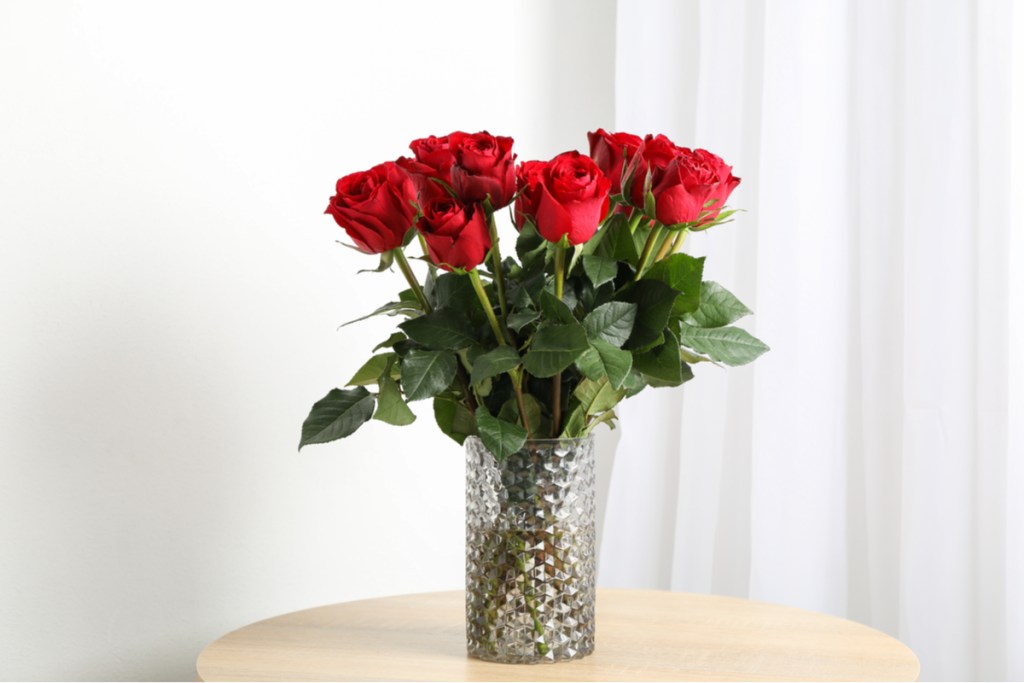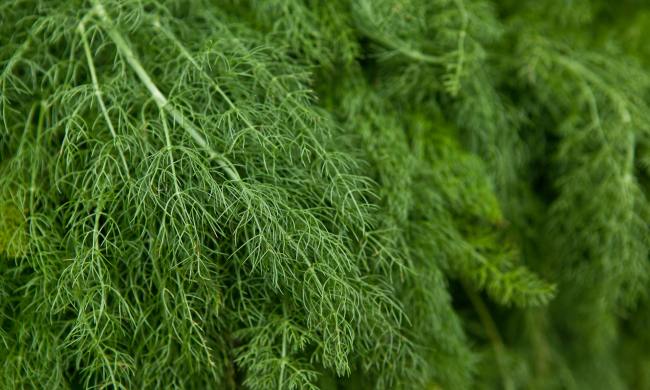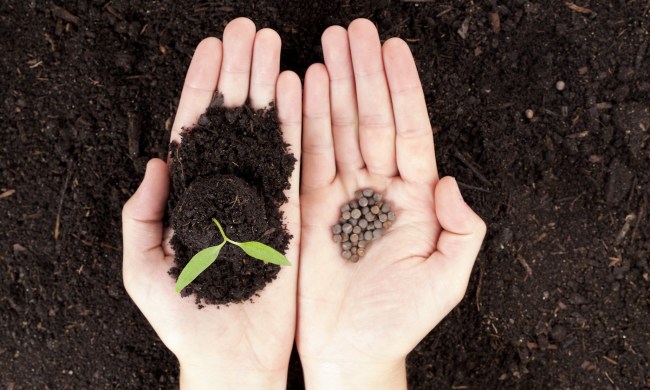It may seem difficult to beginners to grow roses, but they are easier than you might think. Almost anyone can grow them successfully without too much knowledge. As we celebrate Rose Month 2021 in June, you may be inspired to grow your own rose garden and we don’t blame you. Roses are the classic beautiful flower, representing love, beauty, and opulence. Who wouldn’t want a reminder of those positive things in their backyard?
By following this guide, you will have many roses for years to come.

Choose how you want to plant them
Most roses are already potted in soil or as dormant bare-root plants. Both types have their pros and cons:
- Potted in soil: These are the better choice for novice gardeners because most of the work is done for you. They are easy to plant, start growing quickly, and can be found at most local rose nurseries during the growing season, allowing you to plant them when the climate is cool and cloudy.
- Bare roots: If you are not a beginner, then you may find the greater selection of bare-root plants to be more appealing. They can also be bought online and are usually cheaper than their container counterparts. However, bare-root plants need to have their roots watered and soaked overnight before they are planted and need to be kept moist for a few months once planted.

Choose your roses
There are, literally, dozens of different classes of roses with hundreds of varieties within those classes. Many beginners make the mistake of filling their garden with every kind of rose imaginable; do not do this! While it may be tempting to bring in many beautiful flowers and colors, you will actually make things worse by giving each plant less space. You will find more satisfaction growing a few beginner-friendly plants than dozens of random choices.
We suggest shrub or landscape roses for lower-maintenance roses.
Plant the proper way
It is imperative that roses are planted properly. Unlike normal flowers that can, for the most part, be planted easily, roses require a little more work.
- First, the hole needs to be deep enough and wide enough so the roots have enough space to spread out. Mix a large amount of garden compost or other organic matter while refilling the hole once the rose is planted. In mild temperatures, the plant’s crown should be at ground level and, in cold climates, should be 2 to 3 inches above the ground.
- Fill the hole partially with whatever organic material you choose and a slow-release fertilizer.
- Before filling the hole, water thoroughly, then finish filling the hole with whatever remaining soil is left.
- Once filled, water again and then place loose soil around the canes so the rose is protected as it becomes acclimated to the new site.
- If you have chosen to grow multiple rose bushes, place them 3 feet apart so, you guessed it, the roots have enough space to grow.

Fertilize and water regularly, wisely, and properly
Just like regular flowers, roses need the proper amount of fertilizer and water. However, it can be tricky deciding when to fertilize and water.
Fertilizer
A rose bush needs to be fertilized regularly. We suggest choosing organic fertilizer because it releases the nutrients slowly and steadily. Every month, apply compost, manure, and other organic and natural fertilizers. The most important components for strong plants are nitrogen, phosphorus, and potassium. If your fertilizer doesn’t provide these nutrients in abundance then don’t use it.
If you decide to plant bare-rooted plants, then apply a small amount of fertilizer. Don’t overdo it until the roses start to bloom because you may burn the roots.
Water
Like most flowers, the soil should be kept moist but not soaking throughout the growing season. Roses grow best when you provide the equivalent of 1-inch rainfall every week during the growing season. The amount of water also depends on the type of soil; roses growing in sandy soils will need more water compared to those in heavy clay soils. During the watering, avoid wetting the foliage. The best thing to use is either a soaker hose or watering can with a long snout.
Final thoughts
Roses may seem like a tough plant to grow, but they aren’t too tricky once you understand what to do. While they are similar to other flowers, they also need to be planted in a slightly different way for them to grow effectively. Don’t worry; by following this guide, you will have many roses for years to come growing beautifully in your backyard.


